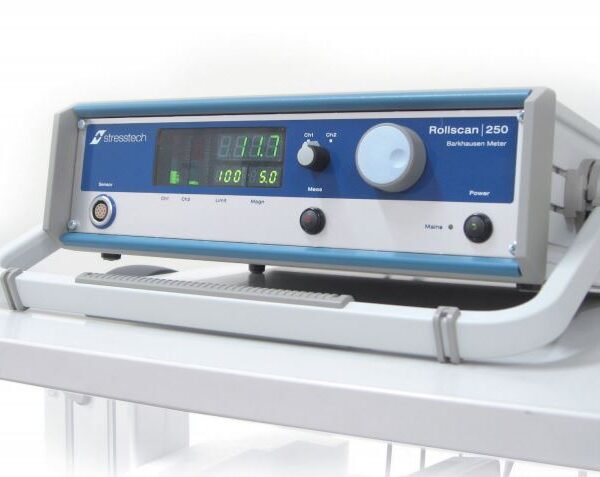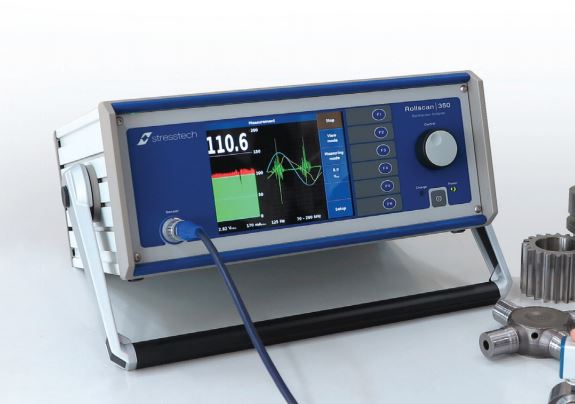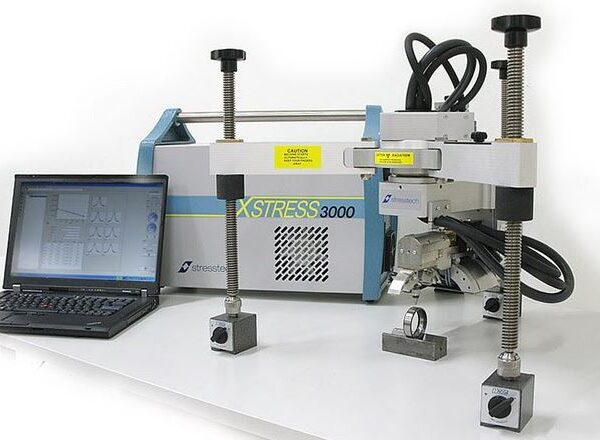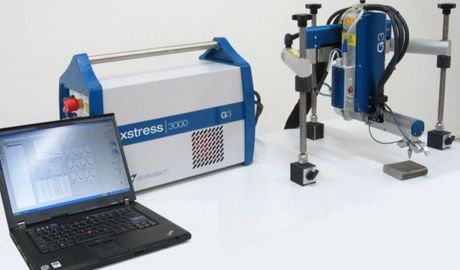Stresstech OY-Testing and Measurement Equipment-Rollscan 250
Efficient Barkhausen Meter for routine quality inspections Rollscan 250 is an instrument for controlling the surface quality and testing of near-surface defects in a wide variety of ferritic steel and other ferromagnetic materials. Rollscan 250 ea...
Efficient Barkhausen Meter for routine quality inspections Rollscan 250 is an instrument for controlling the surface quality and testing of near-surface defects in a wide variety of ferritic steel and other ferromagnetic materials. Rollscan 250 easily detects defects related to changes of stresses or microstructure. These defects are commonly due to failed grinding, heat treatment, shot peening, or any other surface treatment process.



